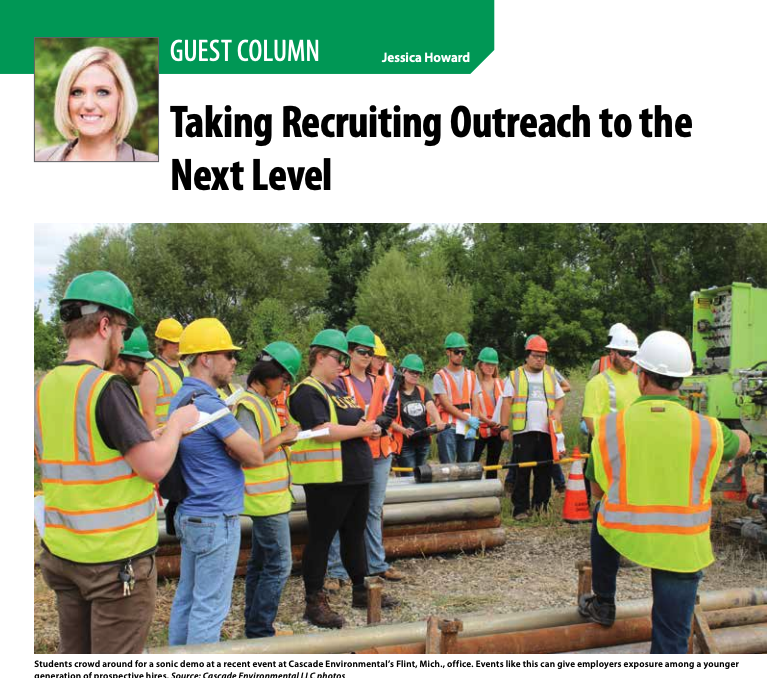Understanding Employee Motivations in a Candidate Driven Market
By: Jessica AlexanderIt’s a familiar story: a high performing employee turns in their resignation, seemingly out of nowhere, to go work for your competitor. If you’ve ever wondered how competitors are able to convince top producers to leave (and what to do about it), you’re in luck. A robust employee retention program pays off for both employees and their employers. While the points in this blog post can be applied to any industry, I’ll specifically focus on the environmental services industry.
Despite popular belief, money isn’t always the reason people change jobs. People change jobs because they’re in pain… not physical pain, but real pain nonetheless. Understanding potential pain points and addressing them in a systematic, cultural manner is the foundation of a successful employee retention program.
So, what do I mean by “pain”? Here are a few pain points I’ve heard over the years working in recruitment:
- Driving over 25 minutes to get to work or to get home from work
- Working on the same type of projects for more than a year
- Using the same technologies in the market over and over every day
- Lack of promotion or increased responsibilities for more than two years
I think you can see where I’m going here!
One of our biggest fears as individuals is being forgotten. The fear of doing nothing meaningful, the fear of wasting our potential, and the fear of not going for the gold when we should have—it can all be paralyzing. In many cases, we become complacent in our current reality and the idea of making a change is exhausting and seemingly unnecessary. This is what recruiters keep in mind when speaking to potential candidates, especially passive candidates who may already be employed with a competitor. Being aware of these inherent fears and potential complacency gives us a significant advantage in retaining the all-stars in our organization.
So back to the pain–how do we uncover this pain? As a human resource professional, I do this just as a doctor would, by asking questions.
- What is the next step in your career?
- What kind of mentorship do you receive?
- What kind of work-from-home, or other work-life balance opportunities do you have?
- How exciting are the projects you’re working on?
- What do you look forward to the most about your workday?
- What different technologies do you get to explore?
- How often do you get to expand your knowledge by attending conferences and seminars?
What’s even more important than asking these questions is listening to the responses. Most of the time, by asking probing questions and truly seeking to understand the employee and their professional goals. The idea is to really understand what motivates that person, whether it be advancement opportunity, recognition, the ability to learn and grow, or being involved in challenging and exciting projects. Once you uncover their pain, you can refine a retention program to address challenges specific to your organization.
Have these conversations and ask these questions—before a recruiter does. Try to understand what your employees need in order to stay motivated, to feel recognized, and to grow in your company. Encourage your managers to talk to their teams, and coach them on how to uncover an employee’s motivations, desires, and yes, even their pain.
So if you’re concerned about your top performers potentially being lured away, your mission is simple: Keep recruiting your own employees.
Interested in learning more about careers and what we offer at Cascade? Reach out to our Talent Acquisition Manager, Jessica Alexander, at [email protected] today.






